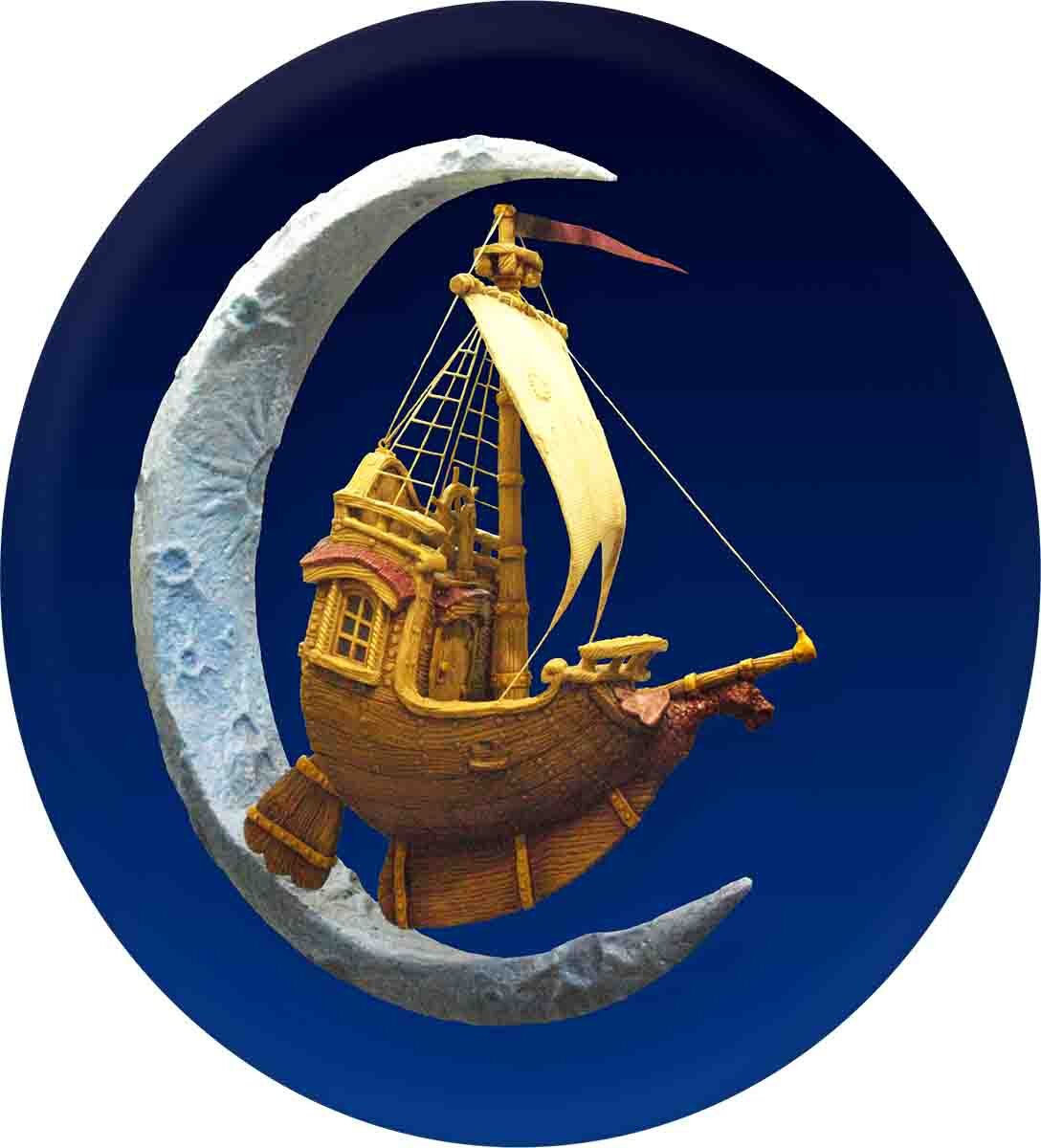Our next instalment shows the rock sculpting process on the Jeep sign. However, at the time, we neglected to get pictures of the blocks of foam we had glued up to form the rock base.
Luckily we followed the same process on the pickup’s sign and we managed to snap a few pictures as we went.
We had some bits of 2" and 1.5" foam blocks tucked away in our storage area (saved for just such a project) and we glued them on using PL3000 a construction adhesive. We pinned the blocks of foam to the wood box and to each other with some screws while the glue dried.
Once the glue dried these blocks will be carved into rock shapes — generating a blizzard in the workshop in the process!
Then we gave the foam a rough coat of sculpting epoxy, followed by a final coat into which we carved the detail. The next instalment shows that process on the Jeep sign.
























